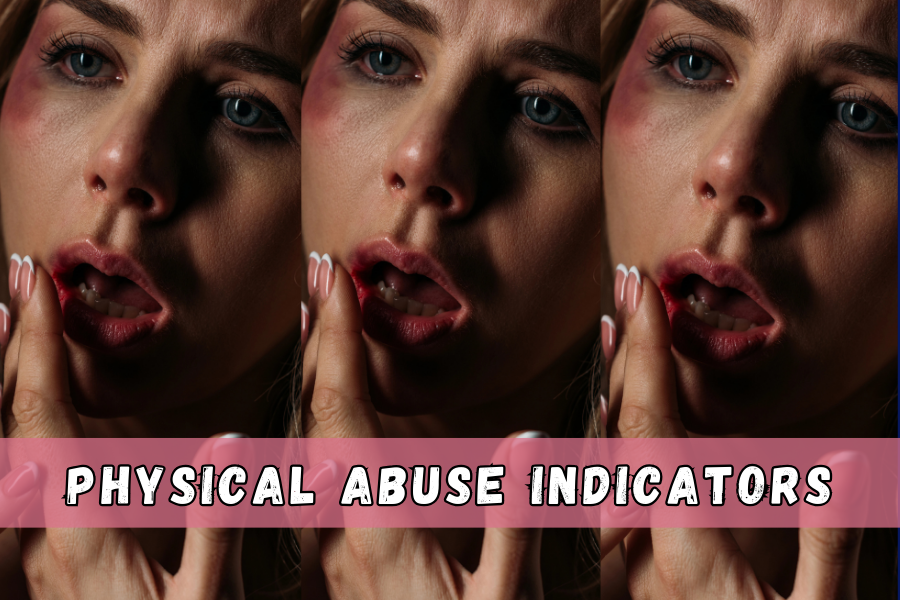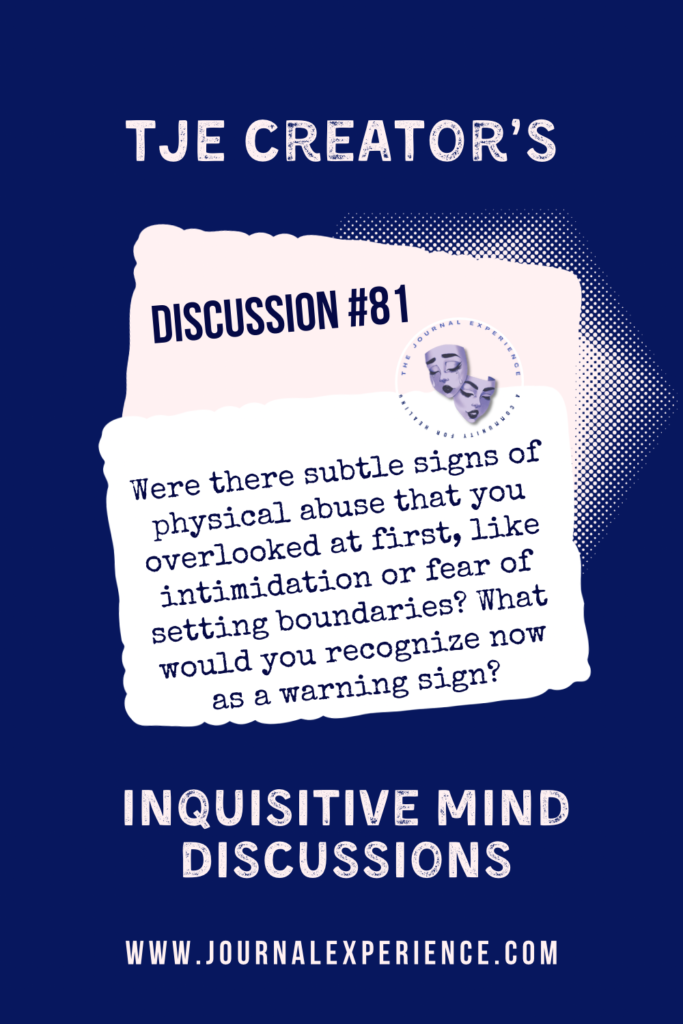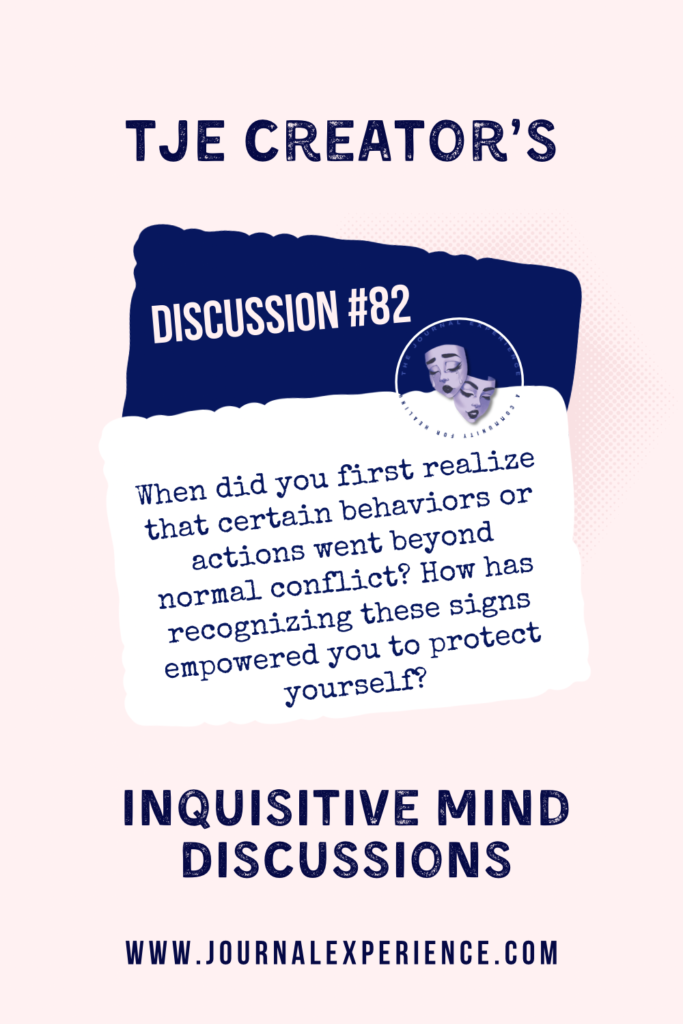Physical abuse often leaves behind more than visible scars—it creates a cycle of fear and trauma that deeply affects every aspect of a victim’s life.

Physical abuse isn’t just about bruises and broken bones; it affects the mind, body, and soul of the individual. The emotional and psychological damage can last long after the physical injuries have healed. This blog post is dedicated to helping readers recognize the indicators of physical abuse, including visible signs, behavioral symptoms, and recurring patterns. By learning to identify these crucial signs, you can take the first step in supporting victims and preventing further harm. Recognizing physical abuse early is vital for taking the necessary steps to intervene and provide the right kind of help, whether for a friend, loved one, or even yourself.
Learning About Physical Abuse Indicators
Physical abuse manifests in a variety of ways, ranging from visible injuries to concealed pain that a victim may try to hide. Recognizing these physical abuse indicators requires attention to detail and empathy. Below are some of the most common indicators:
- Unexplained Injuries: Bruises, burns, fractures, or cuts that a victim struggles to explain or attributes to unlikely causes are major red flags. These injuries often appear in different stages of healing, suggesting ongoing abuse. For example, a victim may claim they tripped and fell but fail to explain how the injury occurred in a way that makes sense with their environment.
- Injuries in Concealed Areas: Abusers may target parts of the body that are easy to cover with clothing, such as the torso, thighs, or upper arms. Pay attention to victims who consistently wear long sleeves or high-necked clothing, even in warm weather. While this might seem like an innocent fashion choice, it could be an attempt to hide fresh injuries that the victim is too afraid to explain.
- Frequent Hospital Visits: Victims may seek medical attention for repetitive injuries but fail to provide plausible explanations. Be mindful of repeated ER visits for similar wounds or delayed medical care, which can indicate fear of revealing the true cause. In some cases, victims may claim they are accident-prone or suffer from health conditions, but a pattern of injuries suggests a deeper issue.
- Marks That Resemble Objects: Some injuries may bear patterns, such as welts from belts or burns from cigarettes. These specific injuries can point directly to the methods used by the abuser. These marks are often intentional and reveal the violent nature of the abuser’s actions. A victim may try to minimize or conceal them, but awareness of these patterns can help others intervene more effectively.
Want to help someone track and reflect on these patterns for healing? The 300 Mindfulness Worksheets offer reflection prompts and trauma-sensitive journaling tools designed for self-awareness and emotional regulation.
Victims of physical abuse often try to hide these injuries, using makeup, scarves, or sunglasses to cover bruises and swelling. Knowing what to look for can help you spot these physical abuse indicators and offer the support they need. The abuser might also insist that the victim has no right to discuss the injuries with anyone, using threats of further harm or guilt to enforce silence.

Identifying Symptoms of Physical Abuse
While physical injuries are the most obvious signs of abuse, behavioral and emotional symptoms can be just as revealing. Here are common physical abuse indicators to watch for:
- Fear of Certain Individuals or Environments: Victims may display visible anxiety or fear when around their abuser or in settings where abuse has occurred. For instance, if a victim jumps at loud noises or avoids specific locations, it could be an indication that those places have become associated with harm. Abusers often isolate their victims and make them feel afraid of the outside world.
- Withdrawal from Social Circles: Abused individuals may isolate themselves from friends, family, or colleagues, either out of fear of judgment or to avoid questions about their situation. They may stop attending events, quit activities they once loved, or refuse invitations from loved ones. This isolation is not only a result of shame but also a manipulation tactic by the abuser to cut off the victim’s support system.
- Hypervigilance: Victims may become overly aware of their surroundings, flinching at sudden movements or loud noises. This heightened state of alertness often stems from a constant fear of harm. It’s important to recognize that a victim may appear tense, cautious, or fearful of people who don’t pose a threat because their abuser has taught them to be constantly on edge.
- Depression and Low Self-Esteem: Ongoing abuse can erode a victim’s confidence, leaving them feeling unworthy of love and support. They may appear sad, hopeless, or detached from their emotions. Victims may begin to believe that they deserve the abuse or that no one would love them because of the way they’ve been treated. These feelings often make it difficult for them to break free from the relationship.
- Excusing the Abuser’s Actions: Victims may downplay or justify their abuser’s behavior, either out of fear or because they have been manipulated into believing the abuse is their fault. An abuser may use tactics such as gaslighting to make the victim feel responsible for the violence or assert that they “provoked” it. Victims may begin to internalize these thoughts, even denying the reality of their situation.
For survivors in recovery, the Mindfulness Teaching Toolkit includes trauma-informed practices that help rebuild self-trust and emotional resilience.
Behavioral symptoms are often a cry for help. By recognizing these physical abuse indicators, you can take action to provide the necessary resources and support. It’s crucial to avoid victim-blaming language and offer a listening ear without making assumptions about the victim’s choices. Many victims of physical abuse are too scared to speak out, so any support they receive from others could be life-changing.
Recognizing Physical Abuse Patterns
Abuse often follows a predictable cycle that repeats over time. Understanding these cycles can help you identify abuse and intervene more effectively. The stages of this cycle, which are physical abuse indicators, include:
- Tension-Building Phase: In this stage, the abuser becomes increasingly irritable and unpredictable. The victim may sense an impending outburst and attempt to de-escalate the situation by complying with the abuser’s demands. The abuser may engage in behaviors such as blaming the victim, belittling them, or acting overly controlling. Victims often try to walk on eggshells, hoping to avoid confrontation.
- Incident of Abuse: The tension culminates in an abusive episode, which may involve physical violence, verbal aggression, or emotional manipulation. These incidents can range from isolated outbursts to prolonged attacks. The abuser may physically harm the victim through slapping, hitting, kicking, or other violent means.
- Reconciliation Phase: After the abusive incident, the abuser may apologize, make promises to change, or shower the victim with affection. This phase creates a false sense of security, making the victim hopeful that the abuse will stop. The abuser may offer flowers, gifts, or affection, suggesting that their behavior was a one-time mistake and that it will never happen again.
- Calm Period: During this stage, the relationship appears stable and peaceful. However, this is often temporary, as the cycle inevitably begins again. During the calm period, the abuser may act loving, apologetic, and understanding, creating a sense of normalcy. The victim may hold onto this hope and believe that the abuser has truly changed.
Recognizing these physical abuse indicators is critical for understanding the dynamics of abuse and breaking the cycle. Intervening during the tension-building phase can prevent the abuse from escalating further. However, many victims stay in the relationship during this phase due to fear or emotional dependency. Offering resources and a safe space to talk can make a significant difference.

How to Support a Victim of Physical Abuse
Once you’ve identified physical abuse indicators, offering support in a compassionate and nonjudgmental way is essential. Here are some steps you can take:
- Listen Without Judgment: Allow the victim to share their story at their own pace. Avoid blaming them or pressuring them to take immediate action. Victims often fear that they won’t be believed or that they’ll be blamed for their situation. Your role is to listen and offer empathy, not to impose solutions or make them feel worse.
- Provide Resources: Share information about local shelters, hotlines, or support groups. Having access to these resources can empower victims to seek help when they are ready. In many areas, there are confidential services available that help victims of abuse without judgment. These resources can assist with everything from finding a safe place to stay to offering counseling for both the victim and their children.
- Encourage Professional Help: Suggest therapy or counseling services that specialize in abuse recovery. Professional support can help victims process their trauma and regain control of their lives. Victims of physical abuse may experience deep emotional scars that require professional guidance to heal. Therapists specializing in abuse can help victims break free from the cycle of violence.
- Respect Their Decisions: Leaving an abusive relationship is a complex and emotional process. Respect the victim’s choices and continue offering support, even if they decide to stay. It’s important to understand that leaving may not be a simple choice for the victim due to fear, financial dependency, or emotional attachment to the abuser.
Want to empower yourself or others to support recovery? The Trauma Sensitive Mindfulness Certification offers expert training in helping trauma survivors through mindfulness.
Overview
Recognizing physical abuse indicators is critical for offering support and intervention. Whether it’s visible injuries, behavioral symptoms, or recurring patterns, identifying these signs can be lifesaving. By raising awareness and educating others, we can help break the cycle of abuse and protect those at risk.
If you’re ready to dive deeper into these topics and connect with a supportive community, consider becoming a member of The Journal Experience or subscribing to our TJE Newsletter. Together, we can raise awareness and take action against abuse. Join the experience today!